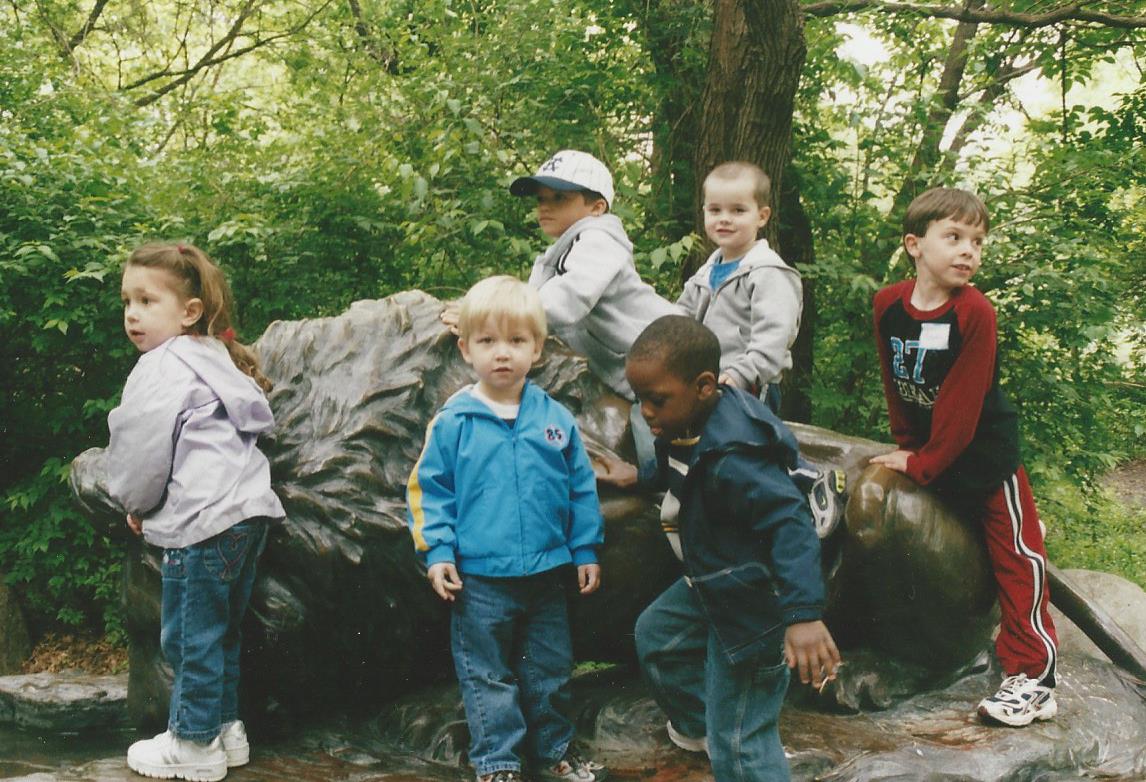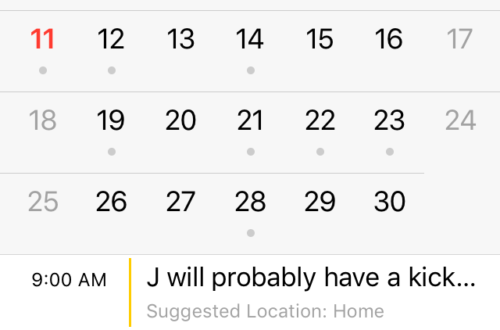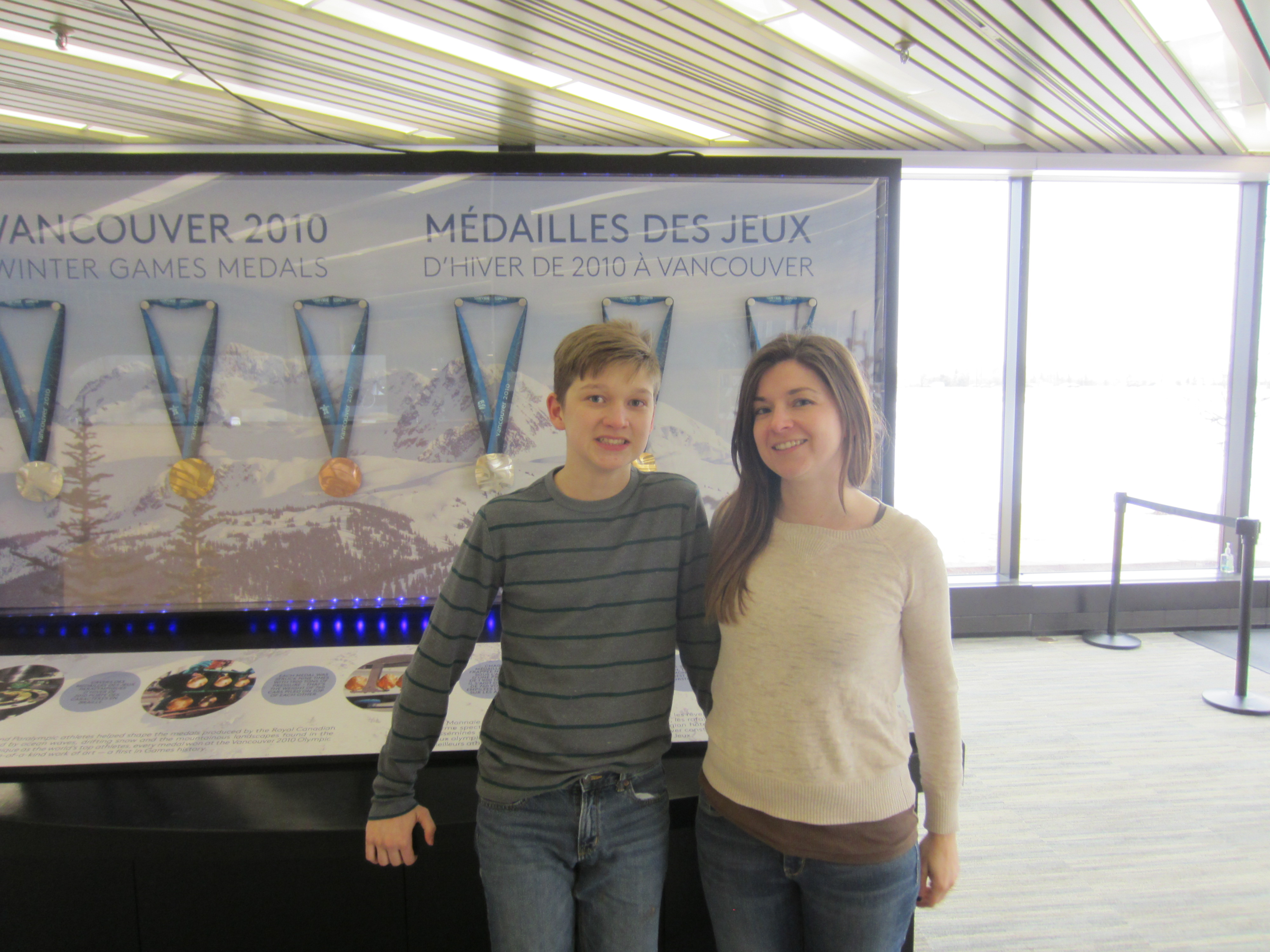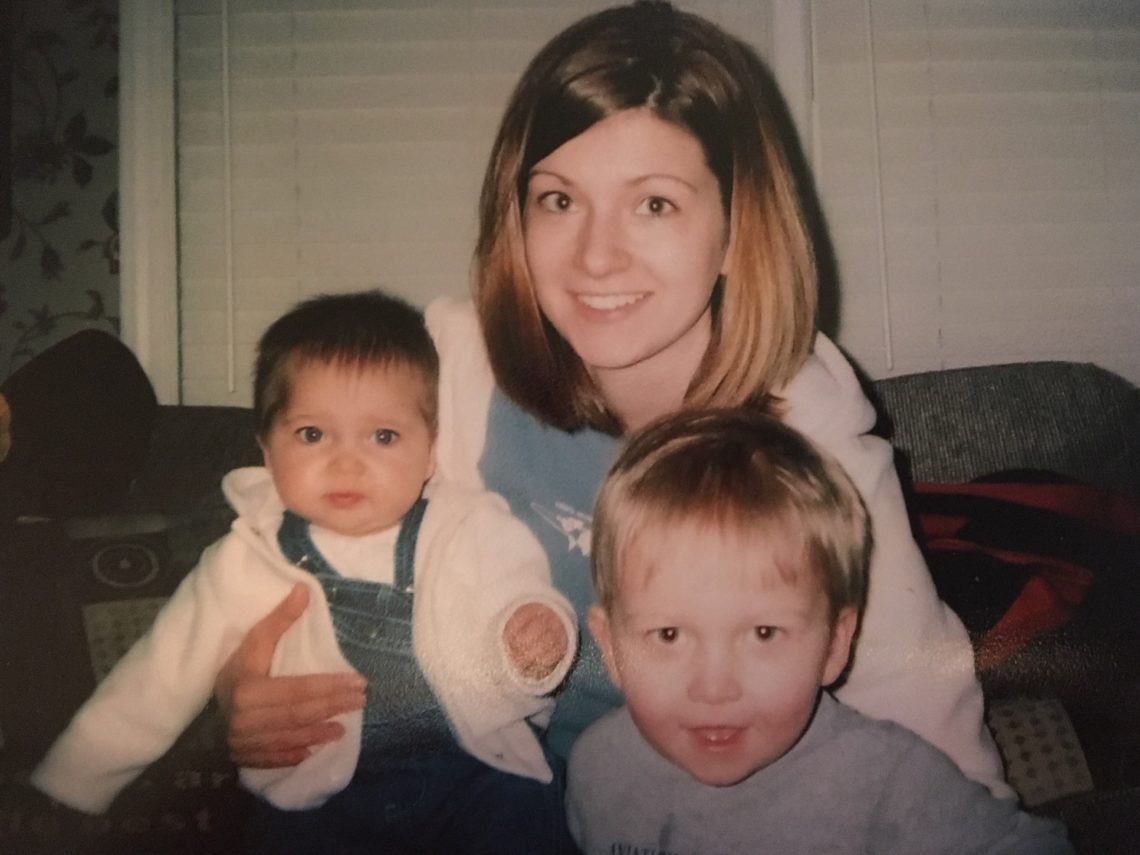
The Power of a Box of French Fries
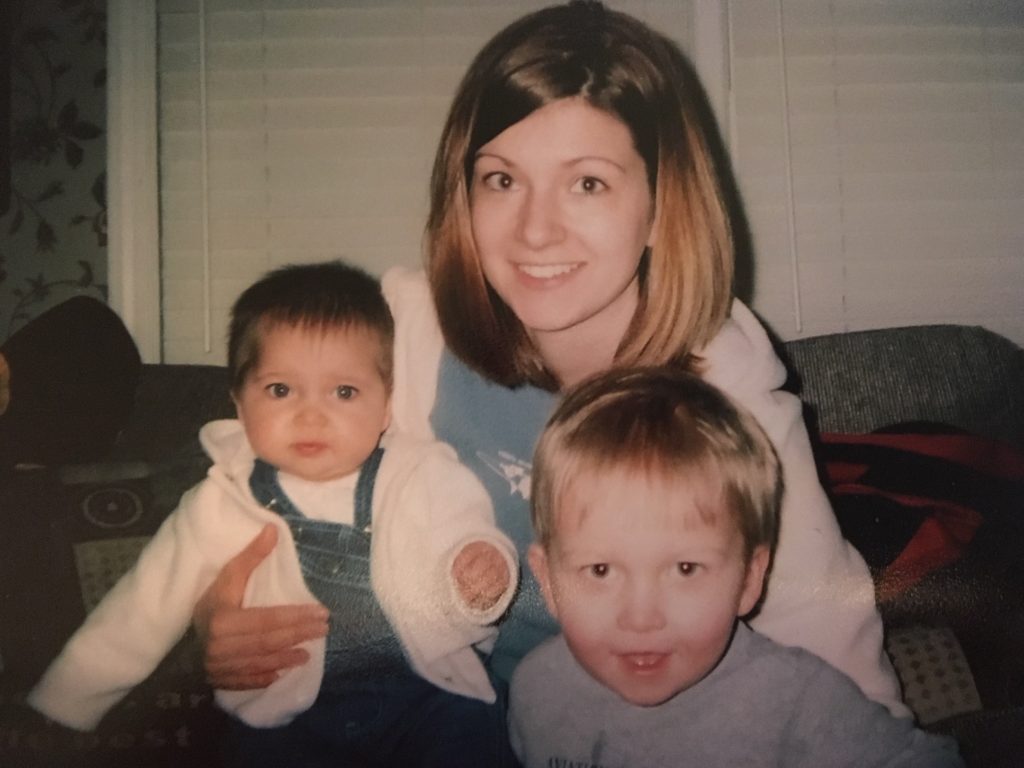 Have I talked about French fries before? Surely I have–just because it’s such a significant, random, reoccurring force that pops up periodically to make life a little uncomfortable and remind me that no matter how well I think I understand J’s anxiety I know absolutely nothing about it all.
Have I talked about French fries before? Surely I have–just because it’s such a significant, random, reoccurring force that pops up periodically to make life a little uncomfortable and remind me that no matter how well I think I understand J’s anxiety I know absolutely nothing about it all.
To J, French fries are like the numbers 67 or 142 or 55. Terrifying. I have absolutely no idea why. But they’re also not like the numbers 67, 142, or 55. “Tainted” numbers change all the time. J gets stuck on bad numbers and eventually we can condition the fear out of them. I know one day 67, 142, and 55 won’t be bad at all. Sure, J will pick some other random numbers to be paranoid over to replace them. But we can get his brain to eventually accept those numbers.
But French fries?
French fries have been tainted ever since J was 5 years old. We’ve never been able to condition the “taint” out of French fries.
I bring French fries up because this week in one of J’s food classes, they’re spending the whole week cooking and experimenting with French fries. They did this earlier in the semester and J just walked out and refused to participate. No meltdown, no kicking and screaming, just walked in, saw the fries, said “I’m not doing that” and walked out.
So as we try to figure out what foods class this week looks like for J, I thought I’d go back through all the essays I wrote in grad school about J and French fries. There were a lot of essays. This is the first essay I wrote about J and French fries. It’s the first and only essay I’ve written where J has a “normal” reaction to French fries. J is two years old in this essay, right about the time I suspected he had something more going on than just a speech delay.
So here it is, one of my first autism essays I wrote for class (almost 7 years ago). My writing has grown up a lot since then, so has J, but the force of a good box of French fries hasn’t changed at all.
Pam and the French Fries
It was after the fourth speech appointment when Pam asked if it was okay to bring French fries to the next appointment.
“Yeah, sure. If you think it’ll help,” I said.
“I usually have pretty good success with French fries,” Pam smiled. “See you next week.”
I’m new to this. My oldest baby has just turned two and we now have a professional coming to our house once a week, trying to teach him how to talk. Kids are just supposed to learn how to talk. I don’t know how but it’s just something they start doing, like crawling or walking or throwing a tantrum. They just start doing it. For some reason J isn’t.
I start cleaning up the living room in anticipation for Pam’s weekly visit, three month old W tucked in one arm, a collection of Fisher Price animals in the other. J is wandering around somewhere in the apartment, no doubt with the cheetah in hand. He is always carrying that cheetah along with a pencil or something else he could impale himself with. You know, just toddling around the house.
So far, nothing with Pam has really worked. After a month of weekly appointments, J still hasn’t said a word. Last time Pam had laid out colorful puzzles, intricate tinker toys which she (no doubt) purchased from some overpriced professional catalogue. J could have cared less. Pam couldn’t hold his attention for more than a few minutes. The first few appointments were to “break him in.” Pam had come over to play, to let him get to know her, but so far J wouldn’t have anything to do with the pretty blonde lady or her visits.
Pam arrives this week with her large tote bag overflowing with toys and a box of McDonald’s French Fries. After a few failed attempts at puzzle playing, she places the red box on the coffee table. She hands J one slender French fry, cold, and transparent from grease. J grabs the fry and shoved it in his mouth. His arm outreached he opens and closes his hand.
“Uh.”
Pam moves her two hands together, fingertips touching thumbs, palms facing each other. “More,” she says as she signs.
J points to the box of French fries and grunts, “uh.”
Pam signs, “More,” and makes sure the box is still out of reach.
At the first home visit, I asked Pam if she thought J had autism. I know it was an unfair question to ask. She had seen him for thirty minutes. But I had researched speech delays in toddlers, autism kept popping up.
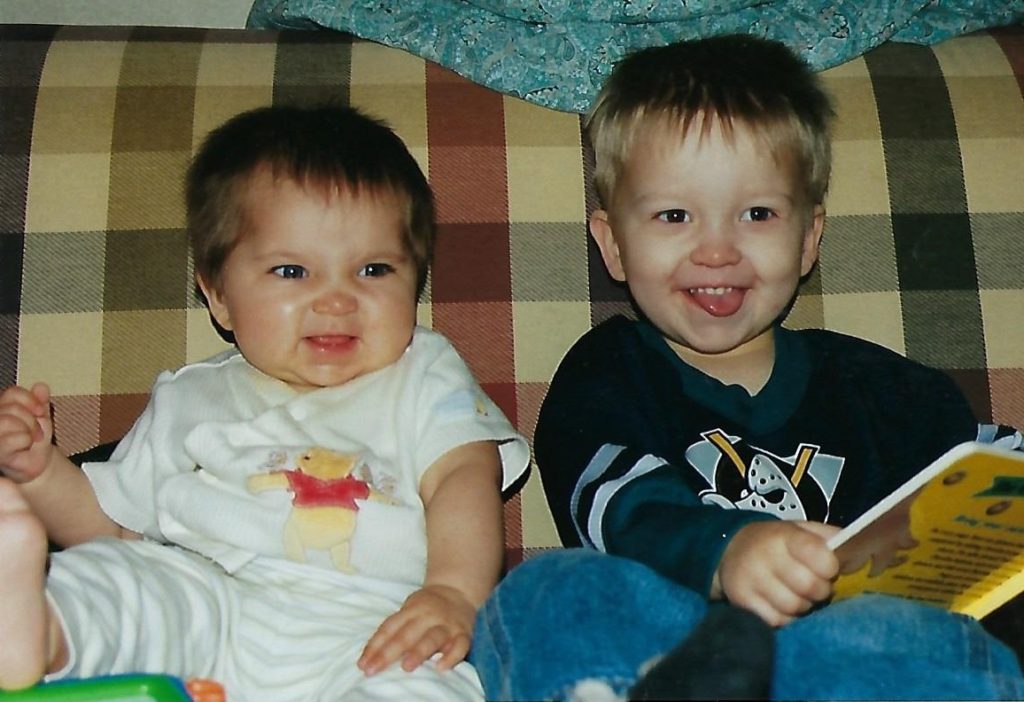
And I started to notice things about him. Autistic things. Ever-so-often he would tip-toe. After toddling across shag carpet and stumbling across the threshold onto the grey-tiled kitchen, he would tip-toe. Round toes squished against the stone floor, his meaty feet arched up high, his diaper sagging.
He loved to spin things, all sorts of things: tops, saucers, coasters. And he loved to line up blocks in nice straight rows making sure everything was in its place. But Pam assured me she didn’t think it was autism. She worked with kids with autism, and though he may have some autistic-like tendencies, the most disabling thing—the thing that delayed his speech the most, she said, was his stubbornness.
“More,” Pam repeats, calm and steady.
J gets frustrated, and tries crawling across the table, his belly in the middle, limbs outstretched like a beached whale.
Pam signs, “More.”
This time J slithers off the table and melts into a puddle on the ground. The tantrum begins.
“This isn’t working,” I say. “He’s just getting frustrated.”
“He’s stubborn. He can do it, he just won’t.” Pam moves toward J’s face and signs, “More.”
J lifts himself up again and pushes away Pam’s hands. This time he is crying as he grabs for the box of fries on the table.
“He can’t do this,” I say bouncing W in my lap. She’s becoming fussy.
“He can. He’s reaching for the box. He is physically communicating his need. We just have to teach him a specific way of doing it.”
I sigh. When we signed up for speech therapy I wanted speech, not sign language. I want my baby to talk, not sign.
“He passed his audiology test,” I say. “He can say a few words. When he wants to.”
“Communication comes before speech,” Pam insists.
I’m getting as frustrated as J. Or because of J. I’m not sure. I just know I want my son to talk.
Our half-hour session is coming to a close. J is a mess. W is crying and hungry. I need to feed her. Pam wants sign language. Everyone in this room wants something. Finally Pam starts packing up the puzzles. J shrieks even louder. Pam reaches for the box of French fries and then it happens. Two chubby, dimpled hands crash frantically into each other.
“More,” Pam smiles and gives J a French fry. We’re both grinning. W’s wailing.
“C’mon J, you can do it,” I coax.
His tiny hands do it again.
“Yes, J!” Pam praises and sits down beside him. “More.”
She stays until the box is empty.


